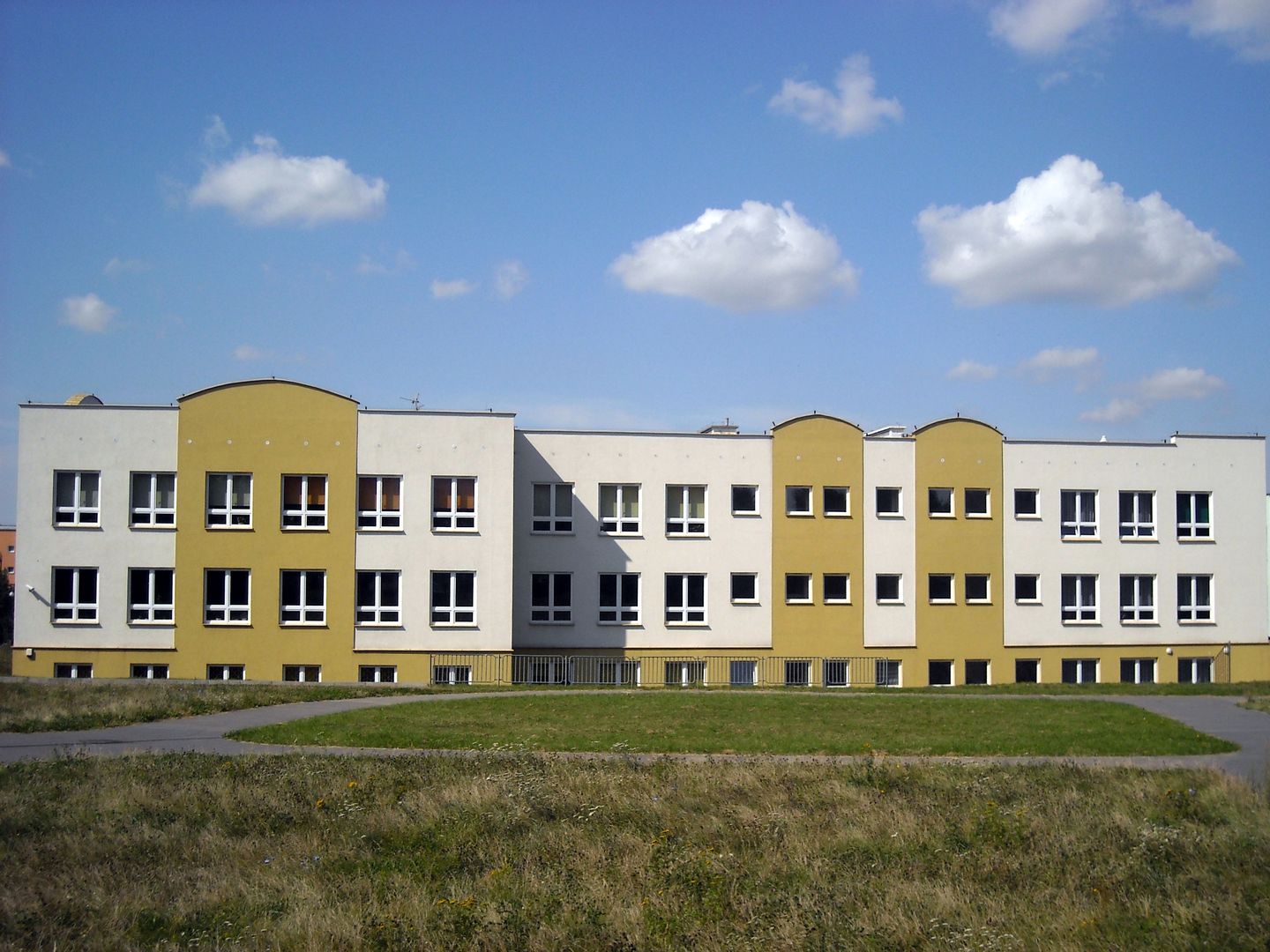Wrotków
6.46

Overview
Wrotków is a district of Lublin that was formerly a village, with a history dating back to the 15th century. Its name likely derives from an owner named Wrocisław. Located near the Zemborzycki Reservoir and the Dąbrowa Forest, Wrotków is characterized by diverse architecture, where modern apartment blocks stand alongside single-family homes built on the basis of traditional rural structures. The district consists mainly of housing estates such as Nałkowskich, "Łąkowa," and "Zielone." In terms of culture, Wrotków offers activities through various institutions, including a library, a community club, and schools that organize cultural events. Historical records are preserved in school chronicles, documenting events from the early 20th century, such as military mobilizations and the presence of German troops. Wrotków gained significance after World War II, when it was gradually incorporated into the city limits of Lublin. The industrial area hosts important facilities such as Herbapol Lublin and Lubella. The district also provides social services, including support and assistance centers. Sports and recreation are supported by infrastructure such as bicycle paths and sports facilities at schools. An interesting fact is that Wrotków was a significant mobilization point in 1939 and remains a site of dynamic social and economic development to this day.
Location
Tickets
Powered by GetYourGuide
2025 Wizytor | All Rights Reserved